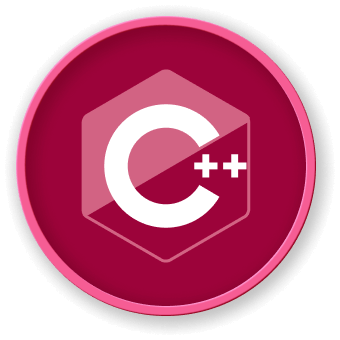Safe Copying Methods
Overview of Safe Memory Copying Techniques
Safe memory copying is critical to prevent common programming errors such as buffer overflows, memory corruption, and undefined behavior. This section explores various safe methods for copying memory in C++.
1. Standard Library Methods
std::copy()
#include <algorithm>
#include <vector>
void safeVectorCopy() {
std::vector<int> source = {1, 2, 3, 4, 5};
std::vector<int> destination(source.size());
// Safe copy using std::copy()
std::copy(source.begin(), source.end(), destination.begin());
}
std::copy_n()
#include <algorithm>
void safeCopyN() {
int source[5] = {1, 2, 3, 4, 5};
int destination[5];
// Copy exactly n elements
std::copy_n(source, 5, destination);
}
2. Smart Pointer Copying
graph TD
A[Smart Pointer Copying] --> B[std::unique_ptr]
A --> C[std::shared_ptr]
A --> D[std::weak_ptr]
Unique Pointer Safe Copy
#include <memory>
void uniquePtrCopy() {
// Deep copy using clone() method
auto source = std::make_unique<int>(42);
std::unique_ptr<int> destination = std::make_unique<int>(*source);
}
3. Safe Copying Strategies
| Strategy |
Method |
Safety Level |
Use Case |
| Checked Copy |
std::copy() |
High |
Standard containers |
| Manual Copy |
memcpy() |
Medium |
Raw memory |
| Deep Copy |
Custom clone() |
High |
Complex objects |
| Move Semantics |
std::move() |
Highest |
Resource transfer |
4. Custom Safe Copy Implementation
template<typename T>
T* safeCopy(const T* source, size_t size) {
if (!source || size == 0) {
return nullptr;
}
T* destination = new T[size];
try {
std::copy(source, source + size, destination);
} catch (...) {
delete[] destination;
throw;
}
return destination;
}
5. Move Semantics for Safe Copying
#include <utility>
class SafeResource {
private:
int* data;
size_t size;
public:
// Move constructor
SafeResource(SafeResource&& other) noexcept
: data(std::exchange(other.data, nullptr)),
size(std::exchange(other.size, 0)) {}
// Move assignment
SafeResource& operator=(SafeResource&& other) noexcept {
if (this != &other) {
delete[] data;
data = std::exchange(other.data, nullptr);
size = std::exchange(other.size, 0);
}
return *this;
}
};
Best Practices for Safe Memory Copying
- Prefer standard library methods
- Use smart pointers
- Implement proper move semantics
- Always check for null pointers
- Verify buffer sizes before copying
Error Handling Approach
graph TD
A[Memory Copy] --> B{Validate Inputs}
B --> |Valid| C[Perform Copy]
B --> |Invalid| D[Throw Exception]
C --> E{Copy Successful?}
E --> |Yes| F[Return Success]
E --> |No| G[Handle Error]
Conclusion
Safe memory copying requires a combination of careful design, standard library tools, and robust error handling. By following these techniques, developers can minimize memory-related errors and create more reliable C++ applications.
Note: Always consider the specific requirements of your project when choosing a memory copying method. LabEx recommends a thorough understanding of memory management principles.




